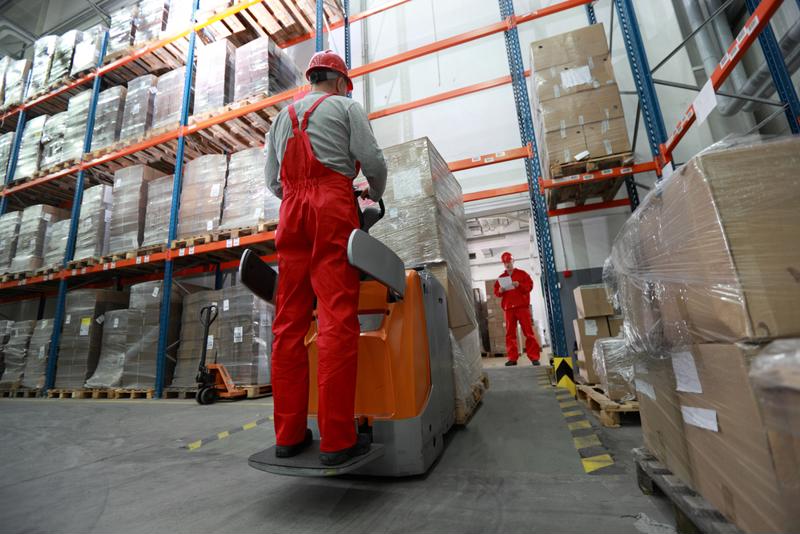
Retail organizations will have an opportunity to change the way they get products to customers over the next few years. Supply chain technology and strategy changes are affecting industries of all kinds, and store executives are watching these changes closely, looking for potential advantages.
Considering the efficiency gains available with improved logistics capabilities, success and failure in modernizing the supply chain may determine retail's winners and losers over the next decade.
Both online-native companies and brick-and-mortar chains should pay attention to the advantages of well-maintained logistics functions. These divergent types of organizations will have to compete with one another for customer attention and loyalty over the next few years, and this intense rivalry for dollars may lead to businesses from each side of the fence converging on a few agreed-upon best practices.
A big investment from Home Depot
A Trefis report for Forbes recently pointed to a strategic shift by national home improvement chain Home Depot. The company has earmarked a significant amount of financial resources for supply chain improvement over the next five years. It intends to open 170 distribution centers in the U.S. The overall goal of these new facilities is to extend one-day delivery to 90 percent of the population. Furthermore, the company wants to add 25 direct fulfillment centers that will ship top items to buyers the 40 busiest U.S. markets.
Turning a brick-and-mortar retailer into a direct shipment leader is one way to cope with a retail climate that is constantly becoming faster and more demanding. Executives realize stores of all kinds are in competition with one another, and the ability to put a product in front of a buyer within one day or less may determine the relative loyalty inspired by a retail chain.
Trefis noted that in the case of Home Depot, the focus is on downstream supply chain, comprising the final mile between stores and customers. This follows a major revamp of the company's upstream operations. Products can get from warehouses to fulfillment centers and retail stores quickly, which is sufficient in terms of traditional retail. When competing with online-native organizations, however, further streamlining is necessary.

According to Digital Commerce 360, Amazon's recent moves are great examples of digital sellers' own attempts to shorten the distance between their offerings and their audiences. The online giant purchased Whole Foods, accomplishing two objectives in one $13.4 billion outlay. First, it diversified its product lineup to include more grocery options. Simultaneously, it gained a large brick-and-mortar footprint, allowing the company to reach out directly to in-person shoppers.
Amazon is also experimenting with physical bookstores, all while improving its network of distribution centers and warehouses. Digital Commerce 360 explained Amazon is in the midst of an effort to own every step of the retail supply chain. Such a degree of control not only allows the company to slash its prices and distribution times, it also redirects all the potential profits into Amazon's own coffers. With competition such as this, it's clear why traditional retailers are refining their own logistics operations. Commerce today is being contested at a very high level.


Post A Comment:
0 comments so far,add yours